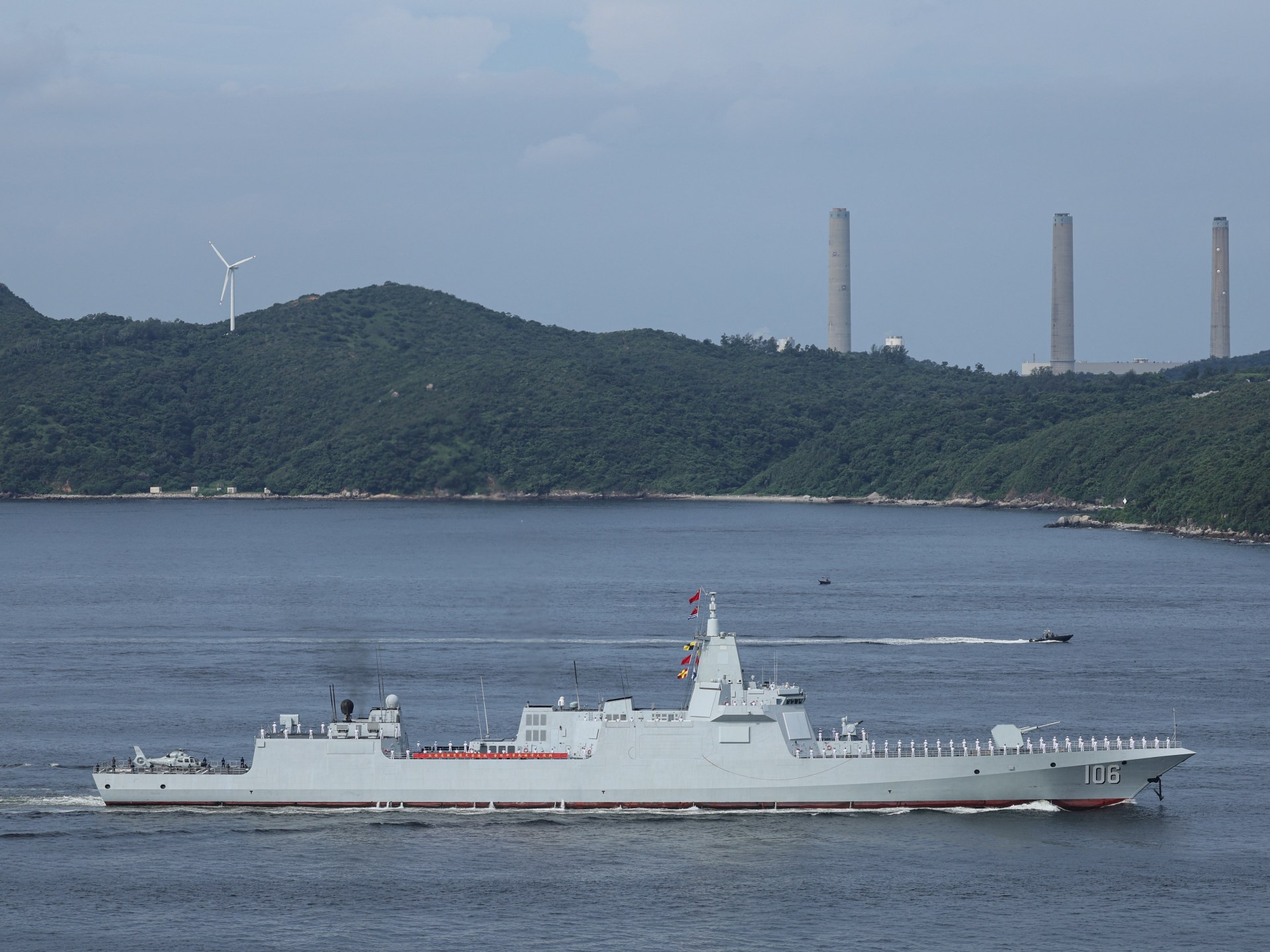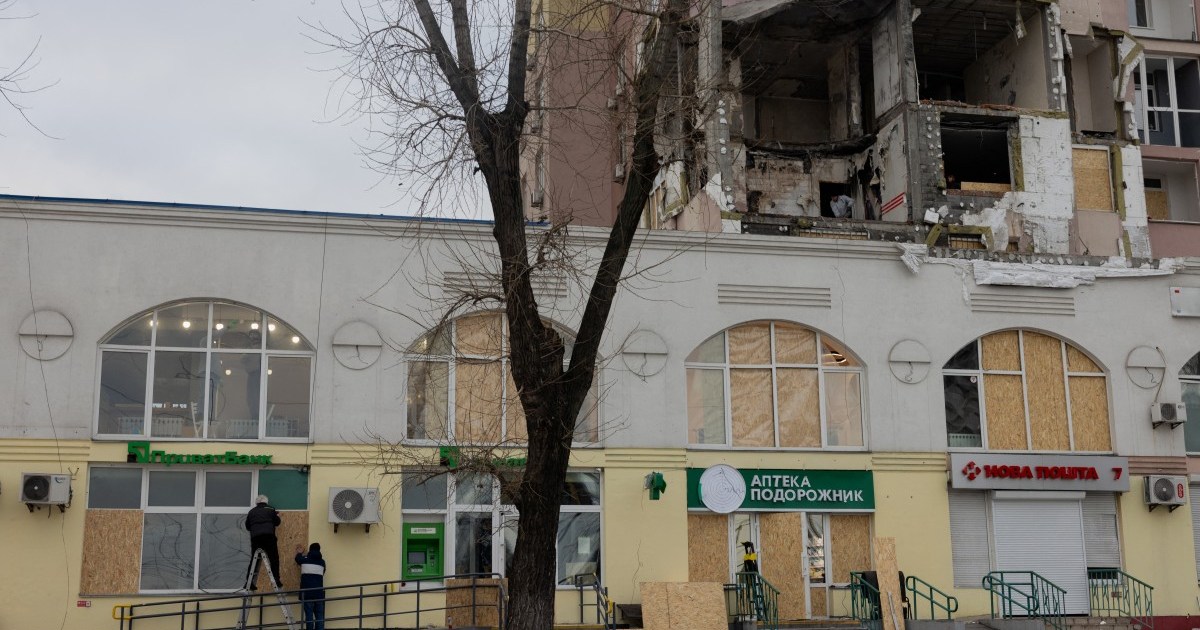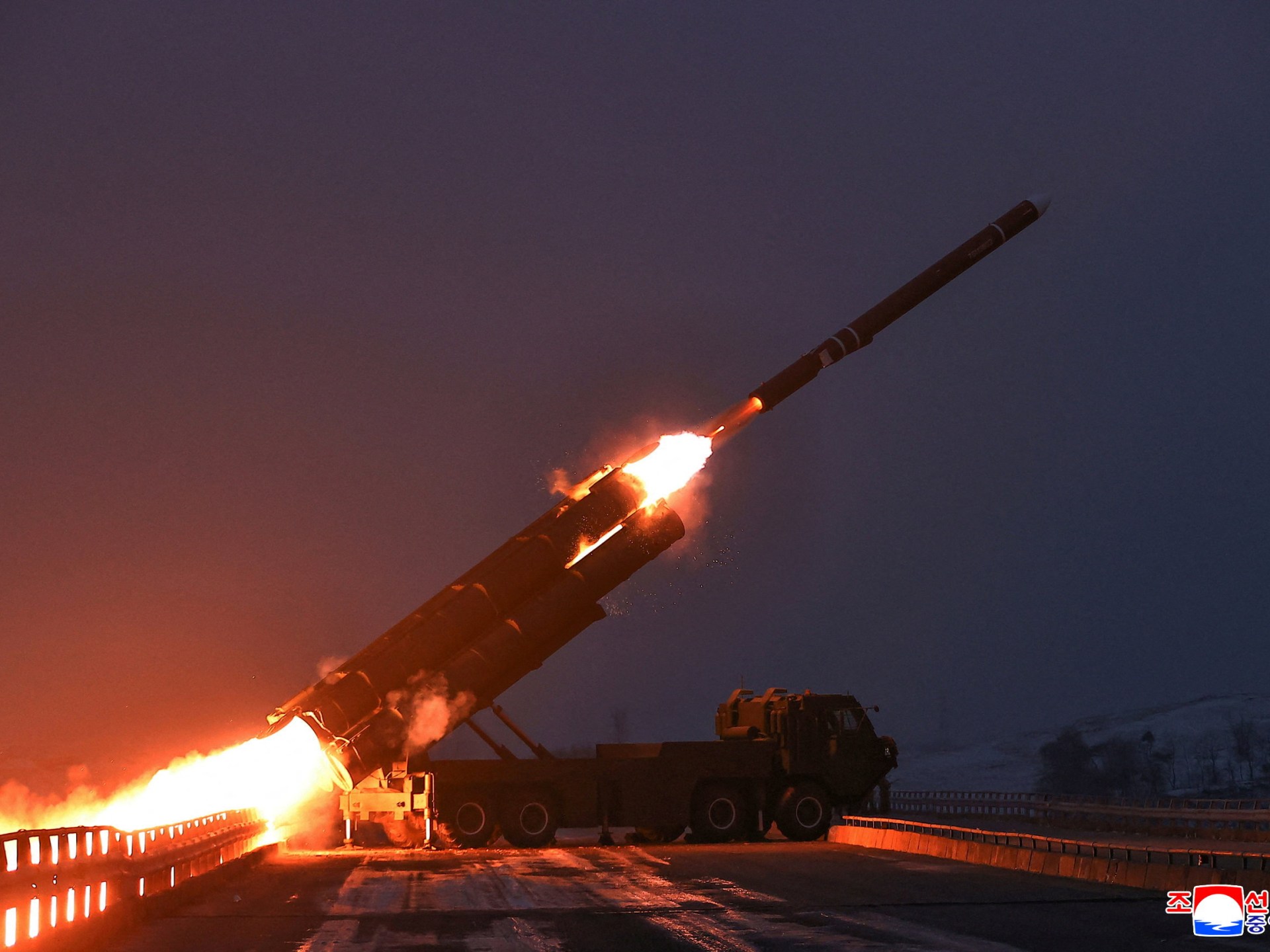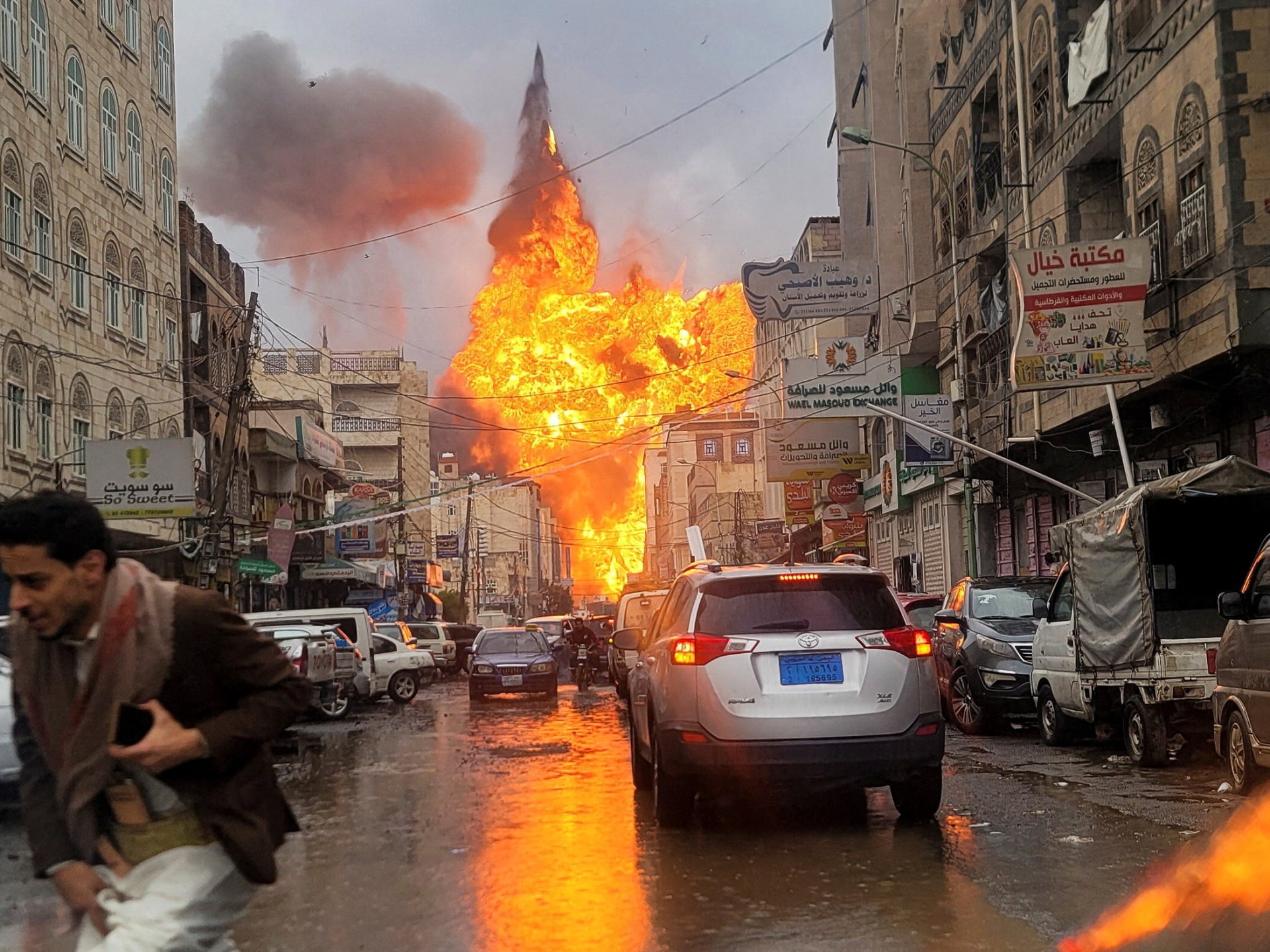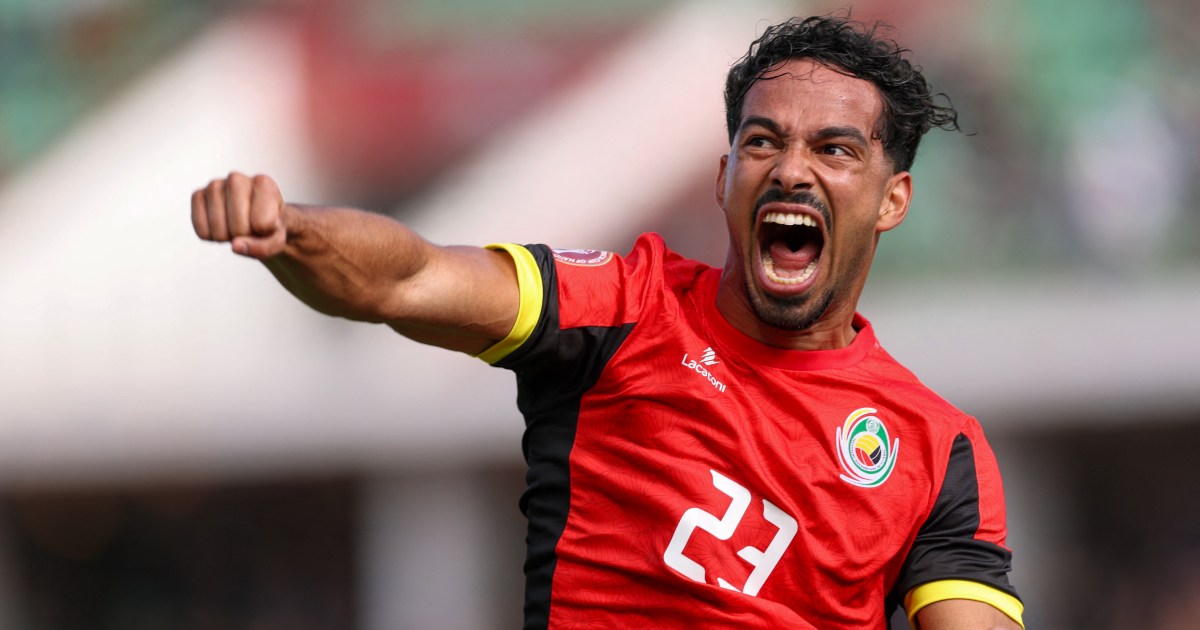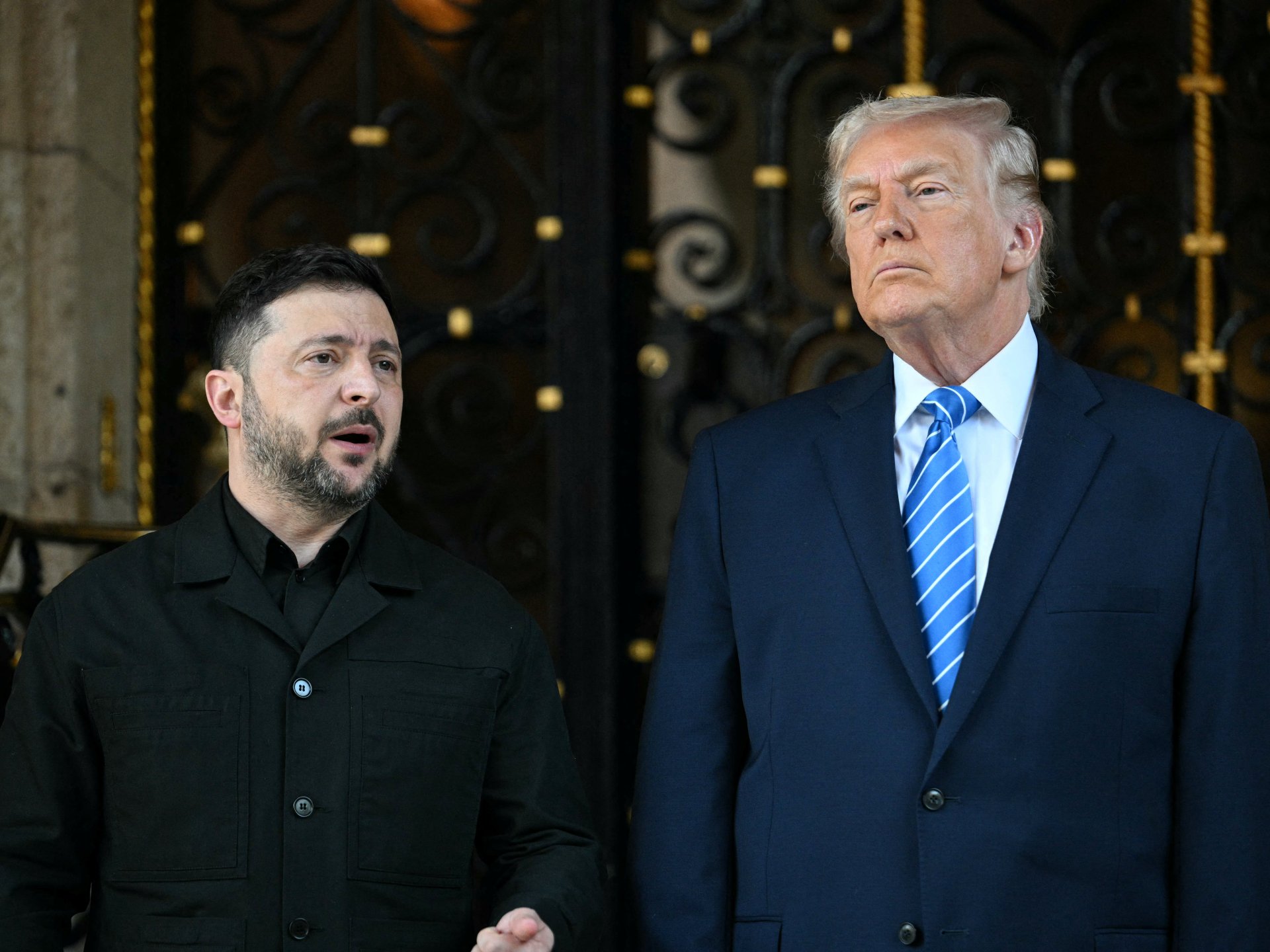China has sent air, navy, and rocket troops to Taiwan’s waters for exercises that its military claimed were meant to provide a “stern warning” against “separatist” and “external interference” forces and to test combat readiness.
The United States sold $11.1 billion worth of weapons to Taiwan in response to the announcement made on Monday, which came amid fury in Beijing and a statement from Japanese Prime Minister Sanae Takaichi, who suggested that the Japanese military might intervene if China attacked the self-governing island.
Recommended Stories
list of 3 itemsend of list
Taiwan is regarded as a part of its territory by Beijing, and the country has pledged to impose itself on Taiwan.
For its “Just Mission 2025” campaign, the Chinese military’s Eastern Theatre Command announced in a statement that it would begin sending troops from the army, navy, air force, and rocket force to five areas around Taiwan.
The Taiwan Strait and the areas north, southwest, southeast, and east of the island will begin the live-fire exercises on Tuesday, according to the statement.
The activities will focus “on gaining integrated control, sealing off key ports and areas, and conducting multi-dimensional deterrence,” according to Shi Yi, a spokesperson for the Eastern Theatre Command. He continued, “The drills serve as a serious warning to “Taiwan Independence” separatist forces and external interference forces.”
Five large areas around the island where “live firing activities will be organized” on Tuesday from 8 am to 6 pm (00:00 to 10:00 GMT) were highlighted in a separate statement with a map. Any unrelated vessel or aircraft is advised to avoid entering the above-mentioned waters and airspace, according to the statement.
The planned drills, which came after Nancy Pelosi’s visit to Taiwan by then-US House of Representatives, were described by the state-owned Xinhua news agency as “a legitimate and necessary action to safeguard China’s sovereignty and national unity.”
According to Shi, Chinese ships and aircraft will “assault” Taiwan “in close proximity from different directions” and troops from various services will “engage in joint assaults,” according to Xinhua.
Three military vehicles, two ships, and two golden shields emblazoned with the Chinese People’s Liberation Army (PLA) insignia and the Great Wall of China were displayed on a poster titled “Shields of Justice: Smashing Illusions” by the Chinese military.
This is the first time the PLA has publicly stated that port blockades around Taiwan are intended to deter international military intervention, despite last year’s PLA’s previous port blockades during war games.
The US announced earlier this month that it had approved $11.1 billion in arms sales to Taiwan as part of the largest ever arms deal for the island. The Ministry of National Defense in China protested the decision, and it issued a warning that the military would “take forceful measures” in response.
After the island’s Ministry of National Defence discovered three Chinese military aircraft and seven naval vessels around Taiwan between Saturday and Sunday, Taiwan announced over the weekend that it had deployed aircraft, naval assets, missile systems, and other means of monitoring Chinese activities.
All three Chinese aircraft entered Taiwan’s southwestern air defense identification zone, or ADIZ, according to a statement released by the country’s defense ministry on their website. They all flew over the Taiwan Strait’s median line.
Taiwan’s President William Lai Ching-te stated in an interview with Sanli E-Television that the island must continue to reduce the cost of aggression and strengthen its indigenous defenses, stressing that strength alone cannot bring about peace.
